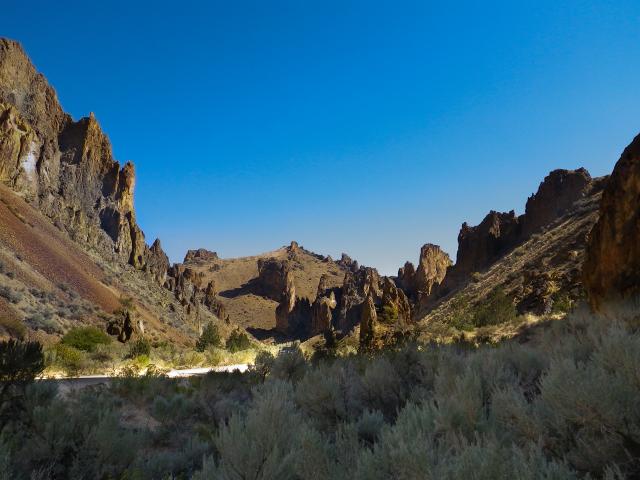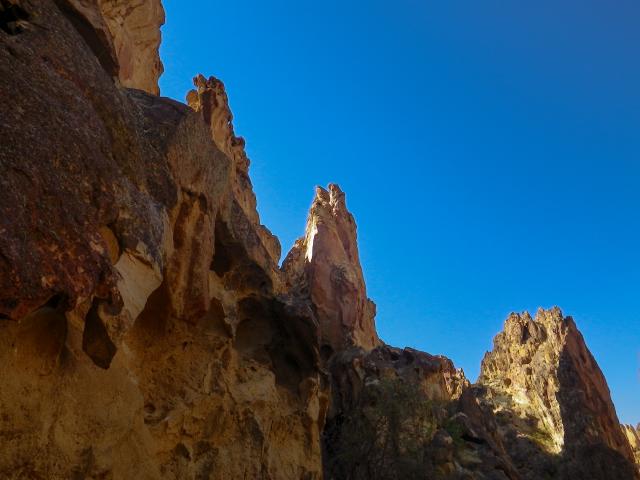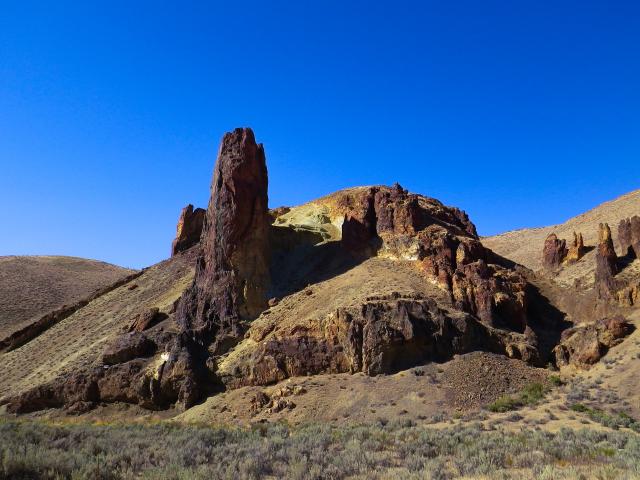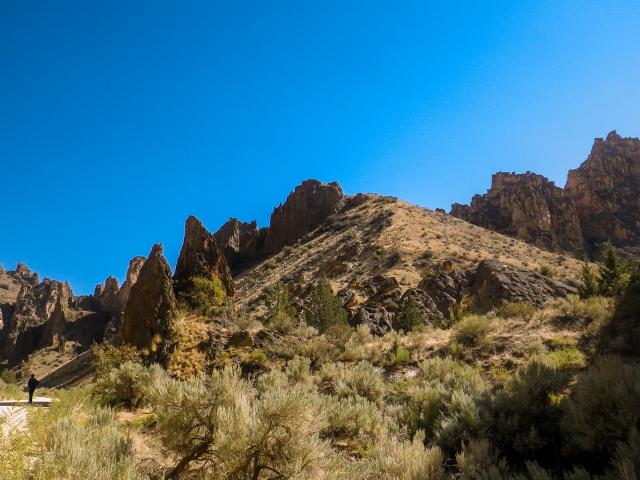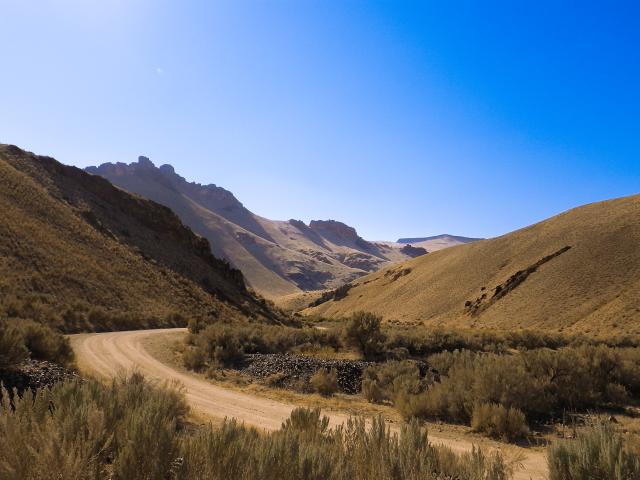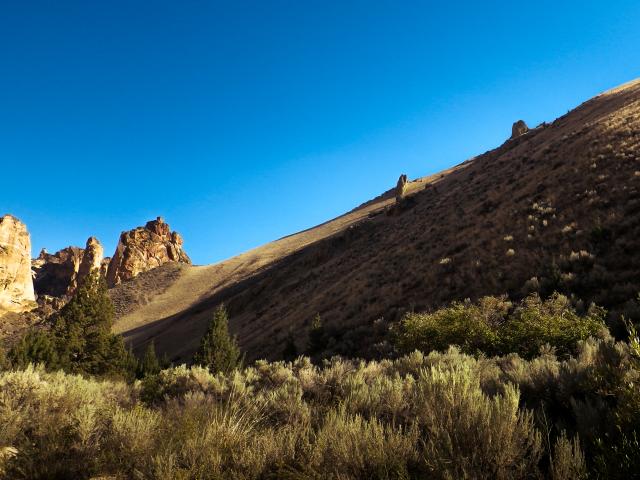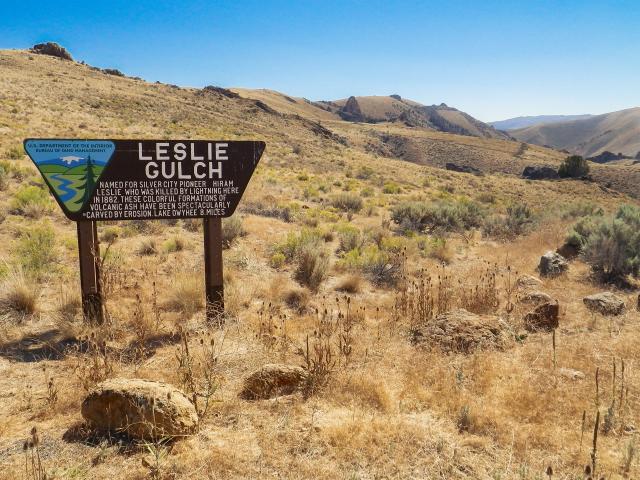Related Stories
- 11-year-old Touren Pope discovers ancient turtle fossil on BLM land in Wyoming
- Progress on Public Lands: BLM 2025 Trump Administration Accomplishments | January 20 - December 31, 2025
- Remembering the cattle drive that defined ranching in southeastern Arizona
- Popular posts: BLM's most viewed blogs of 2025
- Timber Talk: OR/WA logs a big win in FY25
Office
100 Oregon Street
Vale, OR 97918
United States

